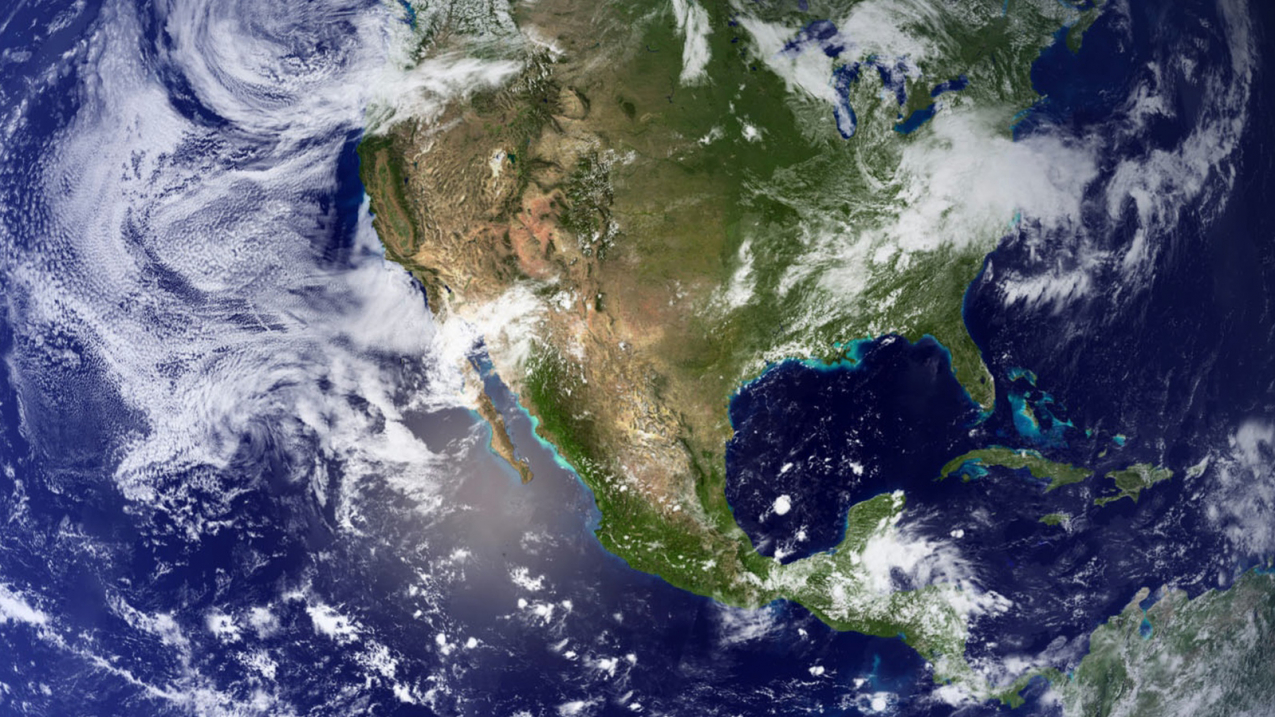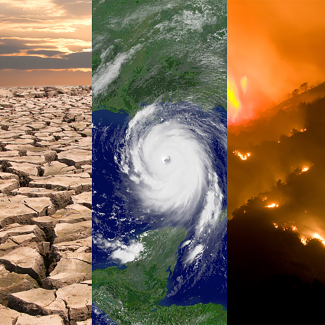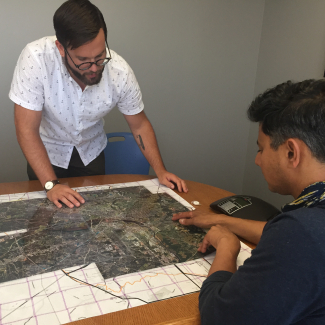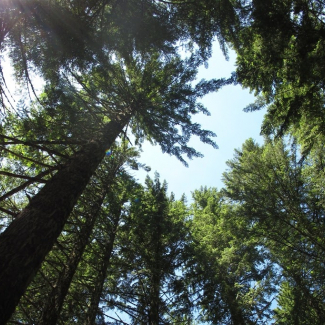Some say that climate is what you expect and weather is what you get. More formally, climate is the long-term average of temperature, precipitation, and other weather variables at a given location. Every 30 years, climate scientists calculate new averages. The normal high and low temperatures reported on your local weather forecast come from these 30-year averages. Although climate describes conditions in the atmosphere (hot/cold, wet/dry), these conditions are influenced by the ocean, land, sun, and atmospheric chemistry. NOAA monitors these factors to understand and predict changes to local or global climate.

GOES Full Disk Earth Image (Image credit: NESDIS)
Monitoring and measuring
People start monitoring local climate at an early age. There are times of year to expect warmer temperatures or more rain and a coat will be more useful in Alaska than a bathing suit. Monitoring the climate can be as simple as these personal observations or as complex as a sensor array on a network of orbiting satellites.
Climate, atmosphere, and land
Scientists, volunteer observers, and automated instruments from around the world measure climate variables at Earth's surface and above. Some of the data collected include air chemistry, temperature, precipitation, cloud cover, and wind speed. Instruments carried on balloons and wind profiling radar provide observations from the surface to more than 10 miles high. Satellites constantly capture information about glacier melting rates, winds, temperature, and clouds.
Climate and the ocean
The ocean has a huge impact on climate, so NOAA monitors ocean conditions with satellites, ships, and buoys. Over 4,000 buoys and floats offsite link take daily measurements at the ocean surface as well as thousands of feet below. NOAA also monitors sea surface temperature, ocean chemistry, currents, sea level, sea ice, and heat content.
Since 2017, more than 60 communities across the United States have participated in urban heat island community science mapping campaigns. Groups of community volunteers mounted temperature sensors mounted on their cars and bicycles to record temperatures throughout their cities to generate temperature maps, which can be used to make their cities more resilient and equitable in the face of extreme heat.
Climate and the Sun
The amount of solar energy reaching Earth also affects climate. Changes in solar activity and in Earth's orbit influence the amount of solar radiation reaching Earth and how it is distributed among different latitudes and seasons. These cycles have caused major climatic changes through Earth's history. Satellite-based instruments monitor the sun's activity, helping to predict the sun's influence on Earth's climate.
Historic climate
Past climate, or paleoclimate, cannot be measured directly. However, solid clues about conditions in the past can be obtained from natural records such as tree rings, coral skeletons, glaciers, fossils, and sediments. These natural records help us learn what the climate was like long before scientific monitoring began.
EDUCATION CONNECTION
The resources in this collection help students understand how and why scientists monitor Earth’s climate. Encouraging students to examine, question, and analyze this evidence can help them use higher order thinking skills, make scientific conclusions about climate change, and increase their climate literacy.




